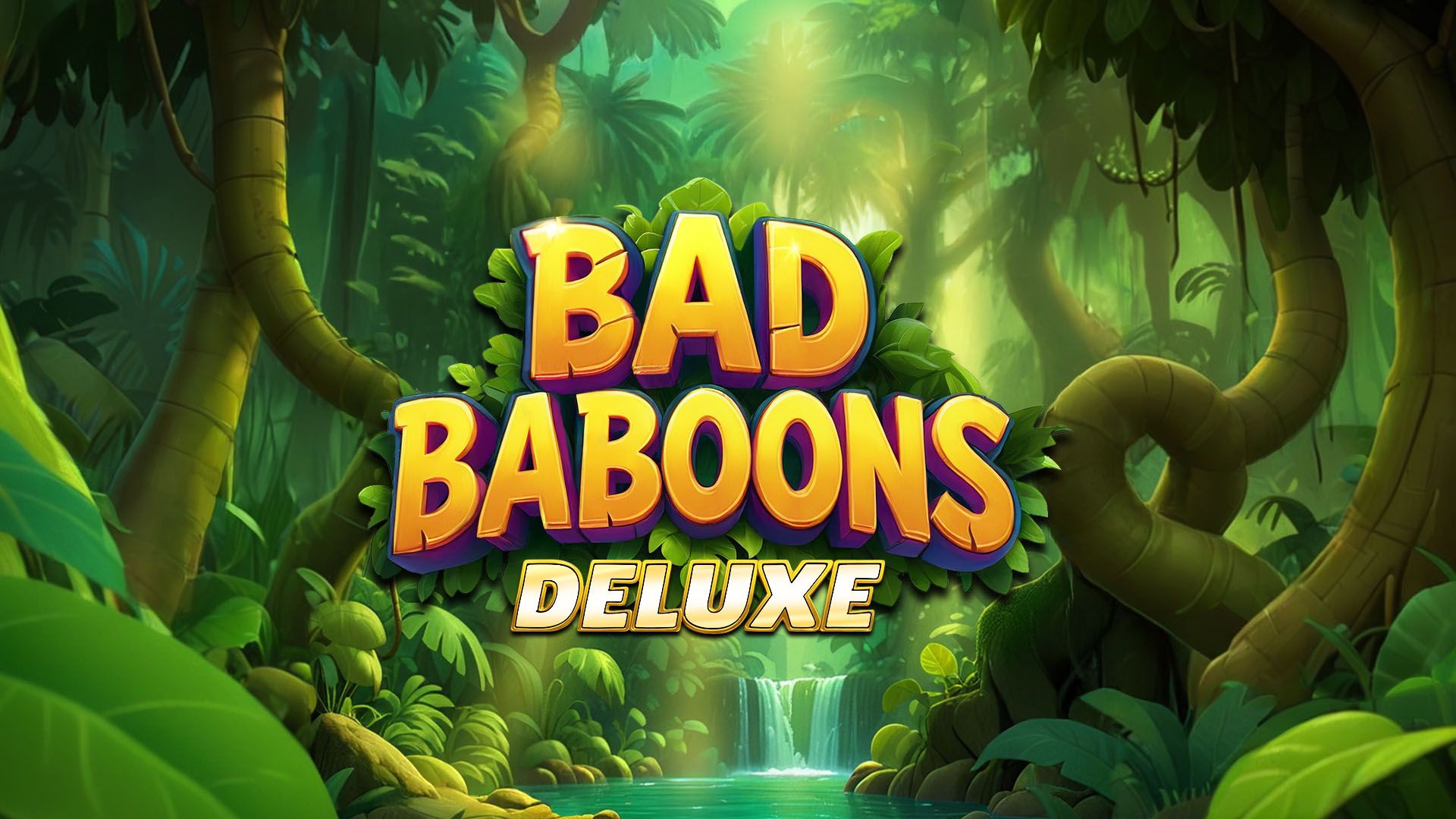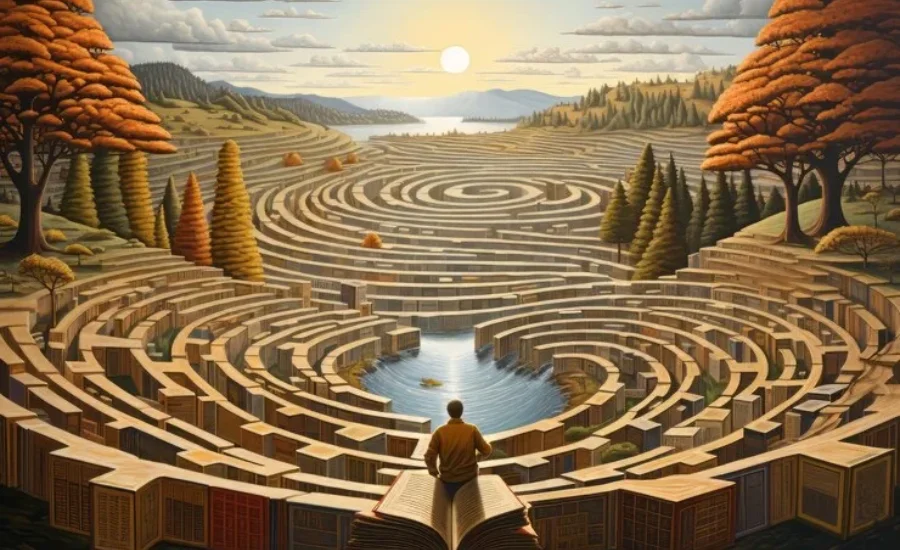No deposit offers let you test the platform and game mechanics without an initial top-up. But to get real value, it’s important to read the terms and understand how playthrough,…
Success in online gaming does not begin with a random choice of the first available game, but with an understanding of your own preferences and goals. The Lucky Tiger Casino…
In the world of online slots, few themes are as captivating and mystical as the Wolf Moon slots. Combining the allure of wolves, the mystery of the night, and the…
The Comic Play Casino online casino attracts the attention of many players thanks to its bright design, interesting games and generous bonuses. However, in order to start enjoying all these…
The world of online slots is filled with excitement, adventure, and endless opportunities for players to win big. One of the most thrilling and visually captivating games in the industry…
The autumn season is highly appreciated by everyone, not just because of the pleasant temperature but also because it offers an opportunity to revamp your wardrobe. Although boots and woolen…
Have you ever experienced the captivating feeling of endlessly scrolling through your social media feed, completely absorbed by the enchanting images of exquisite pastries? Those captivating images showcasing intricate designs,…
Caution is advised if you receive a call from 02045996870 as it is associated with dubious activities. Scammers are utilizing this number to target individuals across the UK, posing as…
In a world abundant with diverse cultures and deep-rooted histories, käätänäj arises as a magnificent representation of language. It goes far beyond being a simple arrangement of letters; käätänäj embodies…
As a parent, you are well aware of the busy nature of family life. Juggling work, school, after-school activities, and the overall frenzy of daily routines, it becomes challenging to…











